The Long Blue Line: Lt. j.g. Joseph Jenkins—first African American commissioned officer in the 20th centuryThe first African A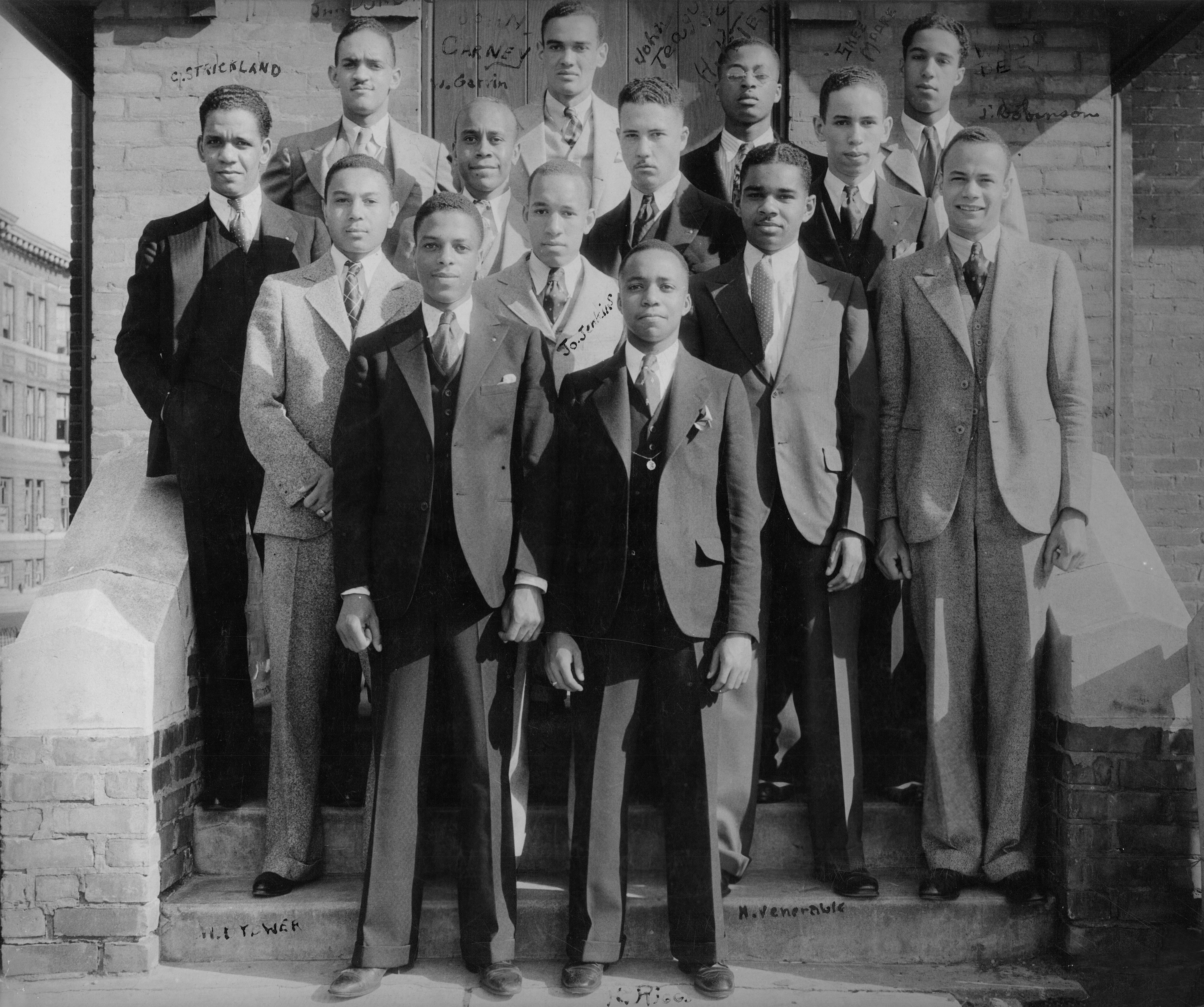 merican officers to serve in the modern Coast Guard received their training at the Academy, but rather than enter as cadets, these men came through the Reserve Officer Training Course, forerunner of today’s Officer Candidate School.
merican officers to serve in the modern Coast Guard received their training at the Academy, but rather than enter as cadets, these men came through the Reserve Officer Training Course, forerunner of today’s Officer Candidate School.
The first of these unique individuals was Joseph Charles Jenkins. Born in Detroit, Michigan, on August 8, 1914, to Elmer and Nora Jenkins, Joseph was named for his great grandfather, a carpenter who lived in Maryland. Jenkins was raised in part by his grandmother, Isabella Jenkins, an immigrant from Haiti, and grandfather, Charles Jenkins, a master carpenter, builder, and contractor. 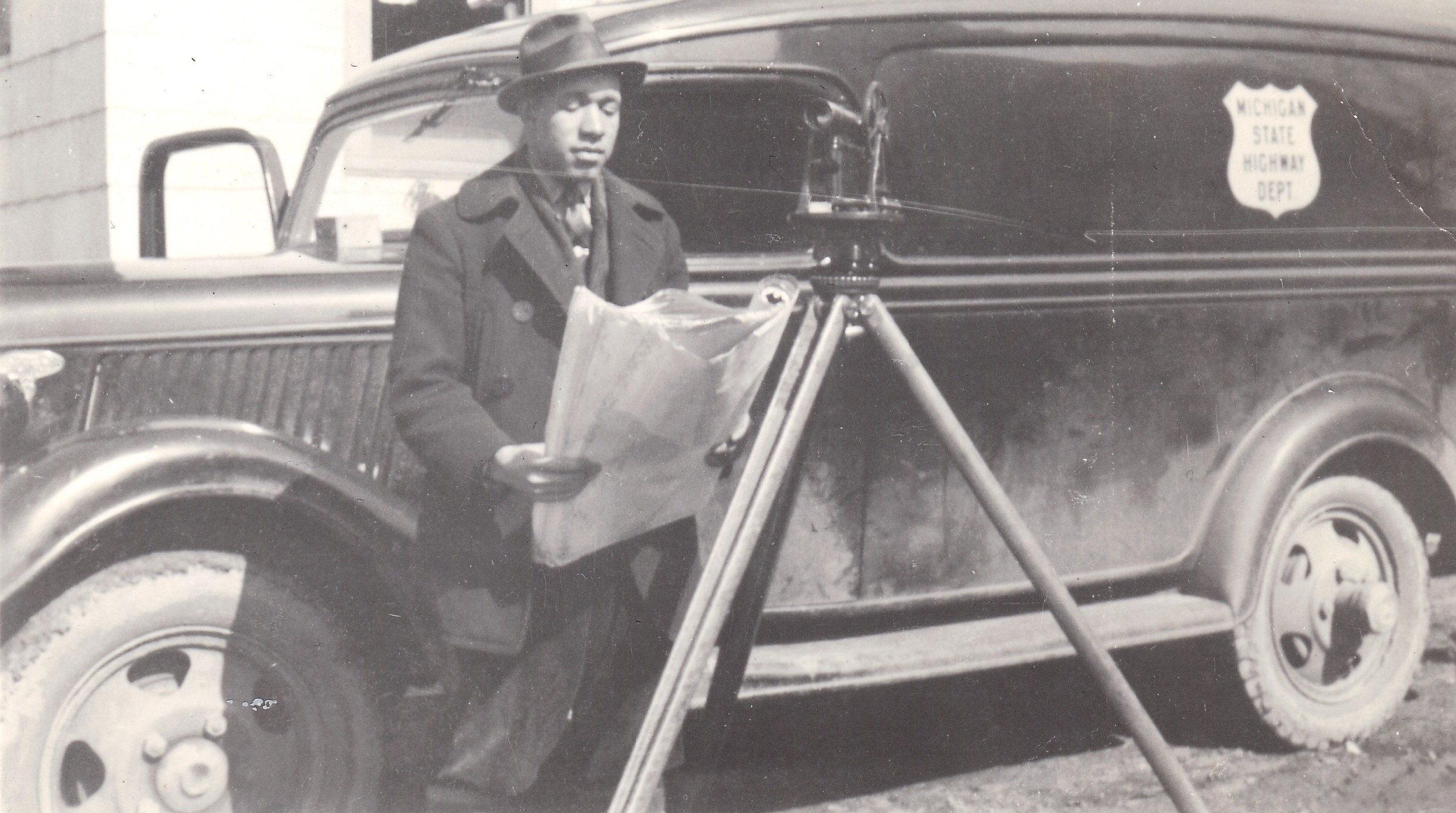
At a young age, Jenkins began a successful academic and professional career. He earned a civil engineering degree at the University of Michigan graduating in 1937. For the next five years, he served as a design engineer for the Michigan State Highway Department. Meanwhile, he worked entrepreneurially as an engineer in the private firm of Young & Jenkins, general contractors and builders as an engineer. He also undertook graduate studies at Michigan State and University of Michigan and completed a Business Administration degree through the Alexander Hamilton Business University in New York City.
On June 15, 1942, two months before his 28th birthday, Jenkins enlisted in the Coast Guard. To start, he received the rating of first class boatswain’s mate and, within a month, he advanced to chief boatswain’s mate. During his brief time as an enlisted man, Jenkins served as a Coast Guard recruiter in Detroit. In October, Jenkins applied for the service’s Reserve Officer Training Course with recommendations from Michigan senator Prentiss Brown; State Highway Commissioner Donald Kelly; Lewis Downing, Dean of 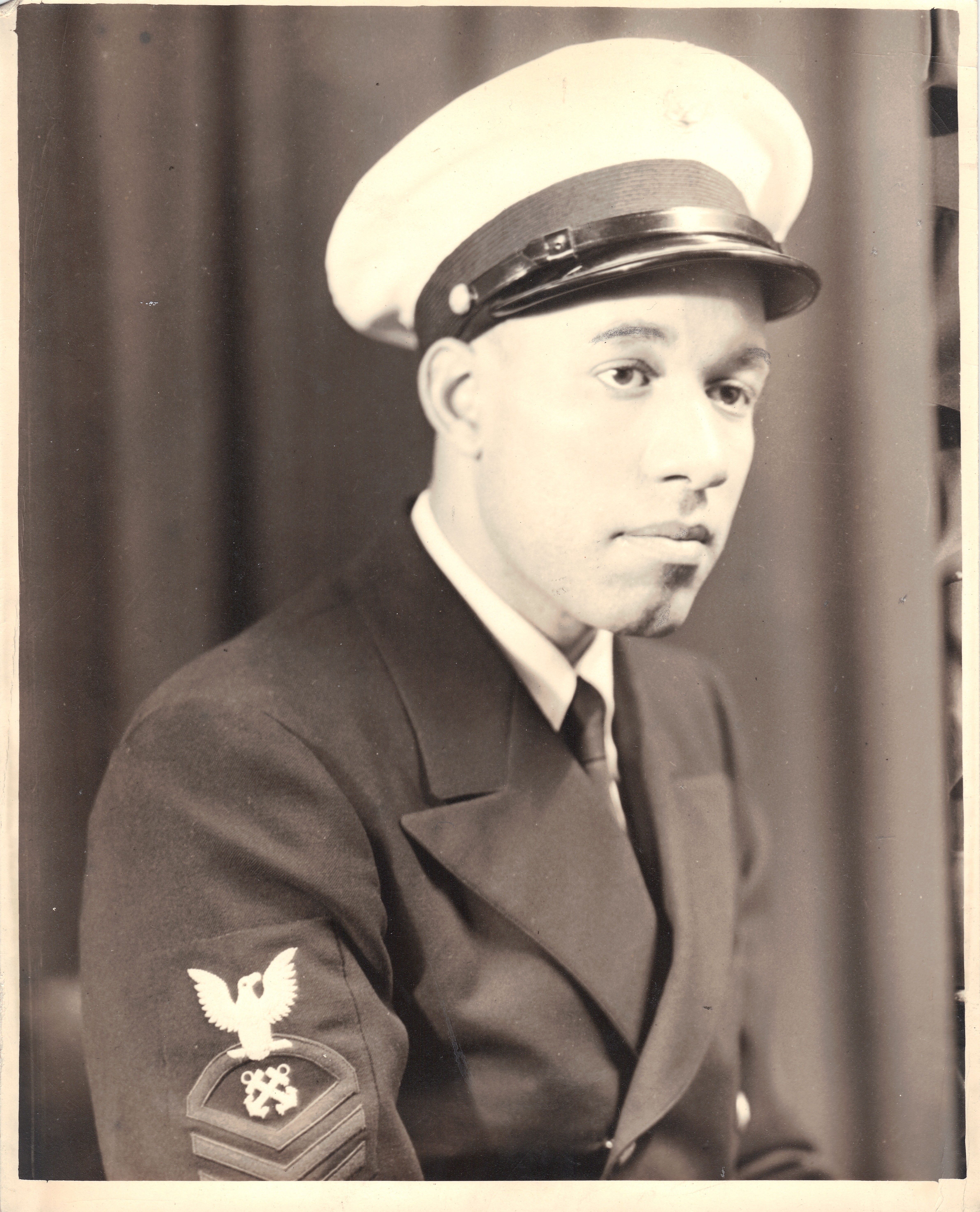 Howard University’s School of Engineering and Architecture; and Chief Boatswain’s Mate H.O. Nielsen, Jenkins’ white supervisor at Detroit’s Coast Guard Recruiting Office. In his recommendation letter, Nielsen wrote that Jenkins “displays keen judgment and leadership in handling the public and in other problems . . . [and] appears to be ideally suited for officer material and is so recommended.”
Howard University’s School of Engineering and Architecture; and Chief Boatswain’s Mate H.O. Nielsen, Jenkins’ white supervisor at Detroit’s Coast Guard Recruiting Office. In his recommendation letter, Nielsen wrote that Jenkins “displays keen judgment and leadership in handling the public and in other problems . . . [and] appears to be ideally suited for officer material and is so recommended.”
In early 1943, Jenkins became the first African American to receive officer training at the Coast Guard Academy. He successfully completed the Academy’s Reserve Officer Training Course on April 13, 1943. The next day, he received an ensign’s commission to become the first African-American commissioned officer in the modern Coast Guard.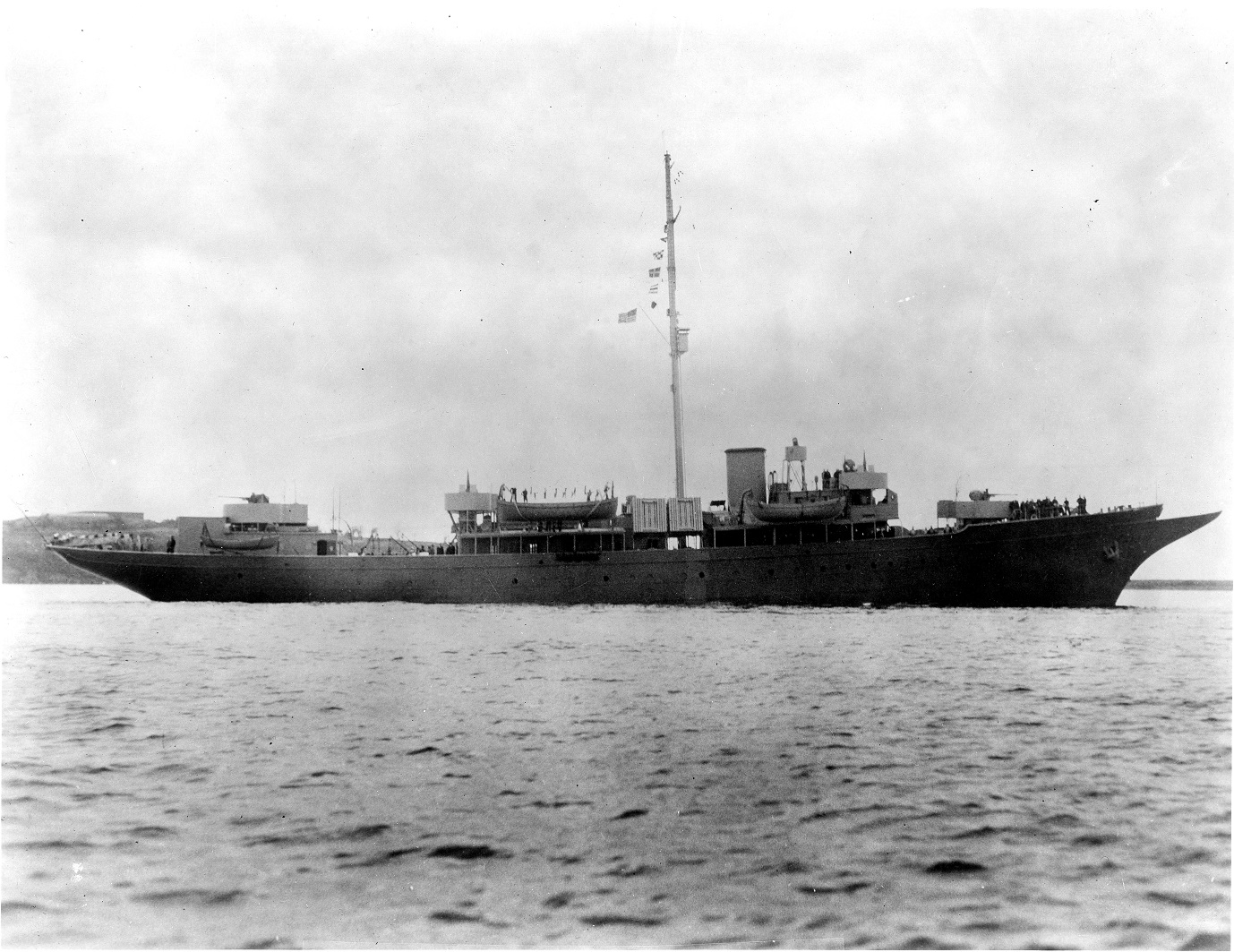
Joseph Jenkins served with distinction in the Coast Guard. Some of his best life experiences were spent in the service due to respectful treatment from his superiors and subordinates. Since he served without encountering discrimination, he could fully put to use his technical and leadership skills. In 1943, he even received an invitation from the African nation of Liberia to serve as civil engineer in charge of that country’s infrastructure projects. However, he turned down the offer and remained in the Coast Guard for the duration of the war.
In December 1943, the service initiated an experiment in U.S. shipboard desegregation. The Coast Guard-manned USS Sea Cloud became the federal government’s first deliberate test of desegregation aboard a U.S. ship. The cutter’s 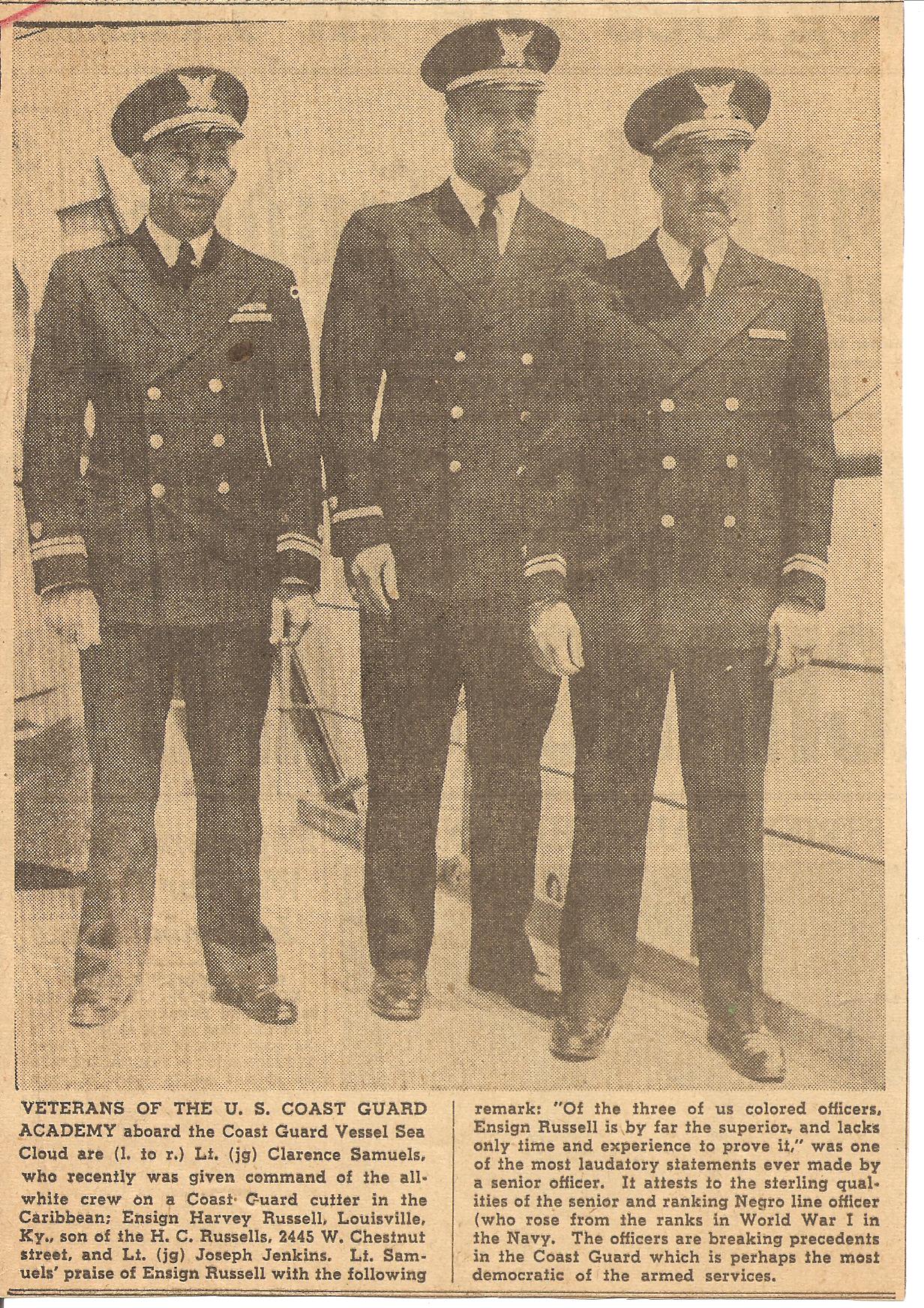 enlisted ranks included white and black crewmembers with newly promoted Lt. j.g. Joseph Jenkins serving as one of Sea Cloud’s black officers. In November 1944, Sea Cloud was decommissioned and, in January 1945, Jenkins took temporary command of a 78-foot Coast Guard cutter in Boston. By so doing, he became the modern Coast Guard’s first African-American commanding officer and the fourth minority skipper in service history. It would take another 15 years, in 1961, before the first African American took command of a U.S. Navy ship. Later in 1945, Jenkins transferred to the Pacific to serve aboard the patrol frigate USS Hoquiam, a second Coast Guard experiment in desegregation.
enlisted ranks included white and black crewmembers with newly promoted Lt. j.g. Joseph Jenkins serving as one of Sea Cloud’s black officers. In November 1944, Sea Cloud was decommissioned and, in January 1945, Jenkins took temporary command of a 78-foot Coast Guard cutter in Boston. By so doing, he became the modern Coast Guard’s first African-American commanding officer and the fourth minority skipper in service history. It would take another 15 years, in 1961, before the first African American took command of a U.S. Navy ship. Later in 1945, Jenkins transferred to the Pacific to serve aboard the patrol frigate USS Hoquiam, a second Coast Guard experiment in desegregation.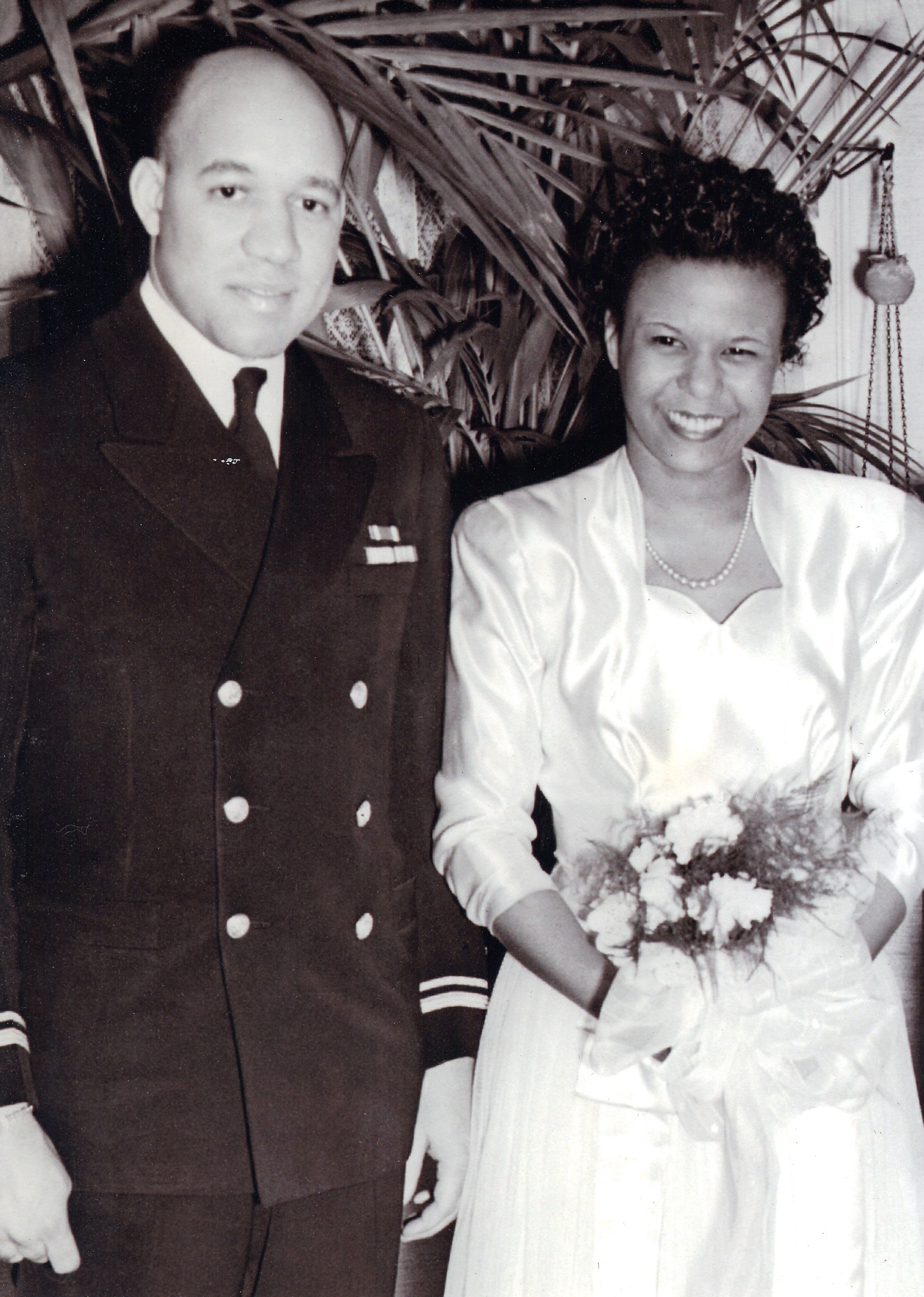
In September 1945, he completed his active-duty service and, on July 11, 1947, received an honorable discharge from the Coast Guard. He returned home to Detroit where he became the Michigan State Highway Department’s Assistant Director for the Detroit Metropolitan Area. Meanwhile, Jenkins received a commission in the 1279th Combat Engineer Battalion of the Michigan National Guard rising to the officer rank of major.
Family was very important to Jenkins. His paternal grandfather, a friend of inventor, Elijah McCoy, taught him about business. His father, horn player Elmer Jenkins, traveled extensively throughout the United States and Europe as a member of the renowned Finney’s Orchestra, an early ragtime and jazz band. His mother, Nora Jenkins, was a 1912 vocal music graduate of Wilberforce University. On October 28, 1944, while serving in the Coast Guard, Jenkins married Hertha Priest in Roxbury, Massachusetts. He was devoted to his three children and wife, Hertha, a Central High School principal who became Region 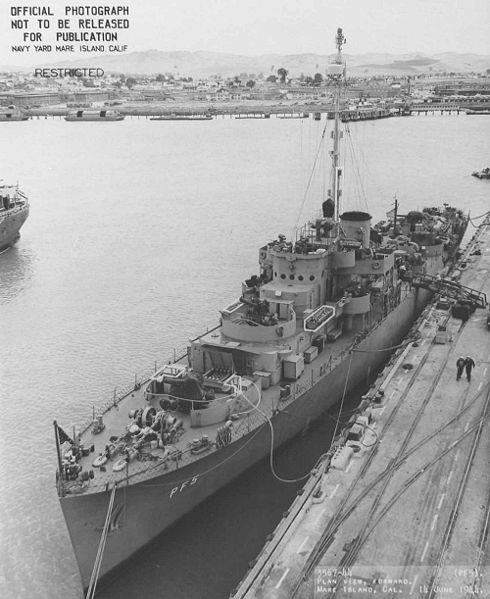 7 Assistant Superintendent and Central Staff Administrator in School/Community Relations for Detroit Public Schools.
7 Assistant Superintendent and Central Staff Administrator in School/Community Relations for Detroit Public Schools.
In 1959, only 12 years after leaving the Coast Guard, Joseph Jenkins died at the age of 44. High blood pressure caused his kidneys to fail and organ transplant surgery had not become common practice at that time. Jenkins had enjoyed an engineering career of 22 years with the Michigan State Highway Department and helped oversee construction of the Detroit Crosstown Superhighway and the Willow Run Industrial Expressway. Jenkins was also very active in civic, community and fraternal 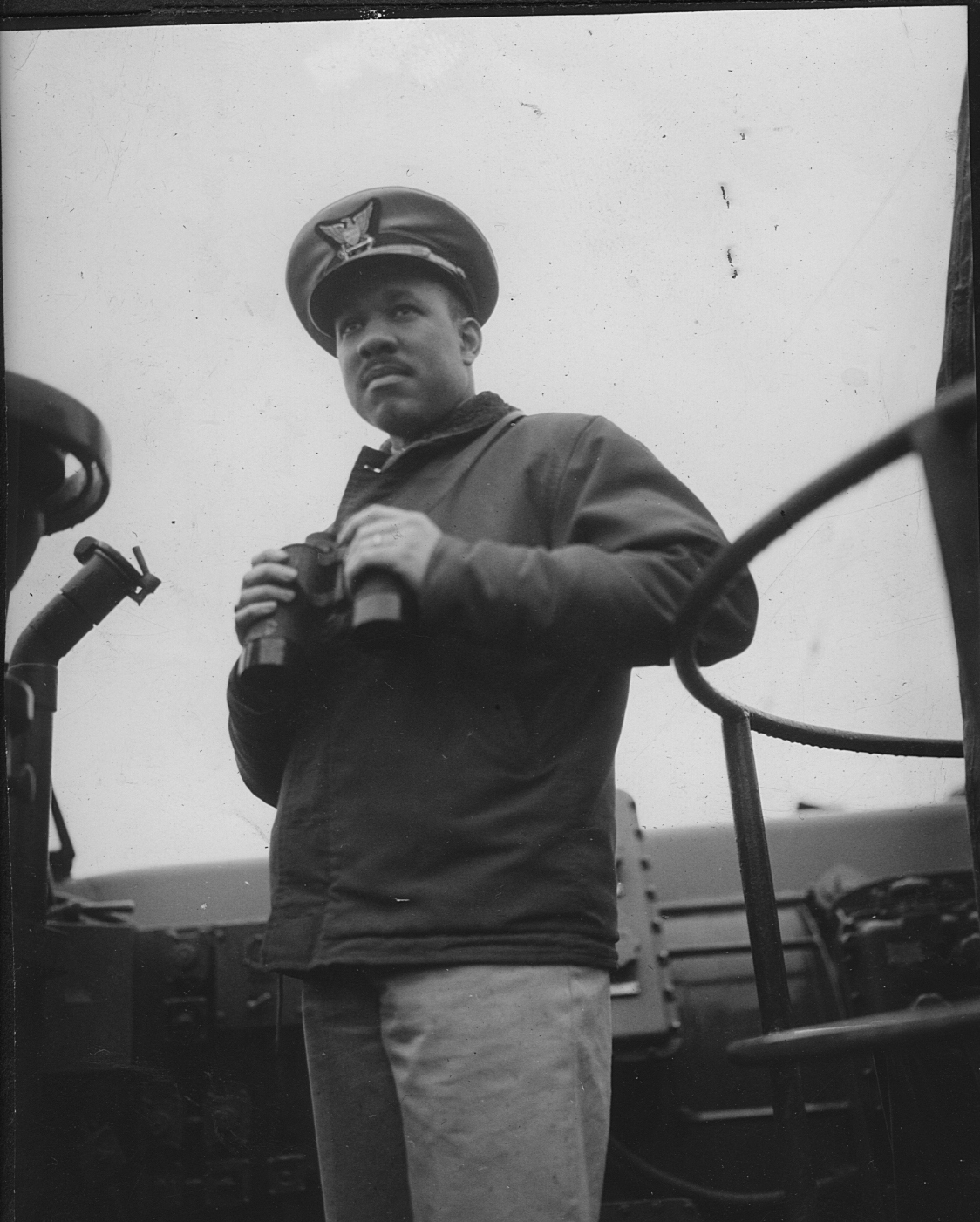 organizations, including the Alpha Phi Alpha Fraternity, in which he served as secretary of both Epsilon and Gamma Lambda chapters.
organizations, including the Alpha Phi Alpha Fraternity, in which he served as secretary of both Epsilon and Gamma Lambda chapters.
During his time in the service, Jenkins pioneered ethnic diversity in the U.S. military. He was the first to receive training at the Coast Guard Academy, served as an officer aboard the nation’s first desegregated ship, and he was among the first black officers to command a U.S. ship, doing so many years before the same color barrier fell in the Navy. However, Joseph Jenkins was not concerned with his historic achievements. He followed the U.S. Coast Guard’s motto Semper Paratus (Always Ready) for he consistently prepared himself to tackle all aspects of life with enthusiasm. He was a member of the long blue line and proved a great credit to the Coast Guard and the nation.